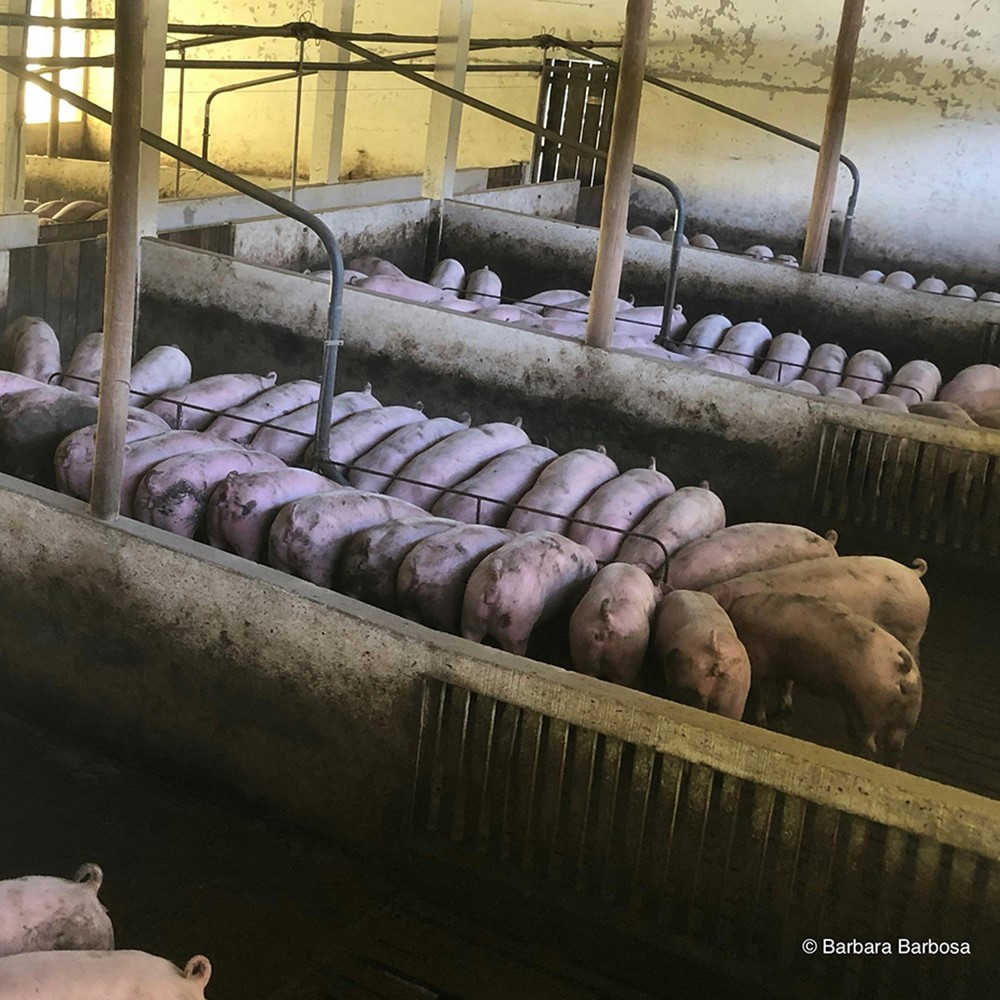Imagine buying a house and having to adhere to the standards of a homeowner’s association five states away.
In a practical sense, that is how Proposition 12 operates for pork producers across the United States. The law also outlines provisions for the house of laying hens and veal calves. Animal rights activists in California, via the implementation of Prop 12, are determining how pork, egg, and veal production in the rest of the United States should be conducted.
Under the requirements of Prop 12, pork from hogs destined to be sold in California must be raised in penning facilities at least 24 square feet in size, and the use of gestation crates is prohibited. Additionally, laying hens must be raised in free range conditions and veal calves must have pens that are a minimum for 43 square feet in size.
In 2022, the Supreme Court of the United States issued a mixed ruling on Prop 12 but, ultimately, upheld the law in a 5-4 vote. Several justices indicated concerns with Prop 12 including its vast reach and dominion over other states’ pork production.
Sens. Ernst, Grassley, and Marshall have sponsored and filed a bill to counteract the ill-effects of Prop 12 nationwide. The Food Security and Farm Protection Act would prohibit states or local areas from dictating agricultural practices and commerce of other states. In addition to prohibiting one state from dictating how producers operated in another state, the bill would allow producers to seek damages for economic losses under laws like Prop 12.
Before its implementation, it was estimated Prop 12 would cost between $3,400-$4,000 per sow to comply with the law according to the National Pork Producers Council. And, while California consumes about 14 percent of the pork produced in the United States, it produces less than 1 percent of the U.S. pork supply. This disparity between consumption and production made the passage of Prop 12 more egregious by imposing the will of California’s consumers on pork producers elsewhere in the U.S. rather than within the borders of the state.
But Prop 12 is not just about pork production.
As the U.S. continues to suffer under increased egg prices and consumers continue to ask “why,” it is important to refer to Prop 12 as part of the problem. Under the requirements for laying hens in Prop 12, egg producers were required to switch from smaller housing of chickens to larger, communal spaces. Communal spaces make disease outbreaks more difficult to control and can contribute to overall animal stress.
Also in 2022, the same year SCOTUS upheld Prop 12, highly pathogenic avian influenza (HPAI) took hold in the U.S. The disease spurred the culling of 163 million chickens, turkeys, and other birds throughout the country, cutting the laying hen population by about half. The combination of housing facility conversions and disease outbreak is likely to have created a slowing of egg production through stress in the remaining laying hen population as well, further impacting egg availability.
The passage of laws like Prop 12 may seem innocuous at first. But bills born in the spirit of activism rather than agriculture often have one thing in common: long-term harm to food producers. Prop 12 was never about animal housing; it was about telling someone on the other side of the country what color to paint their house according to the preferences of California’s voters.
Pam Lewison is a fourth-generation farmer based in Eastern Washington. She is also a Pacific Research Institute fellow and the Ag Research Director for the Washington Policy Center.

